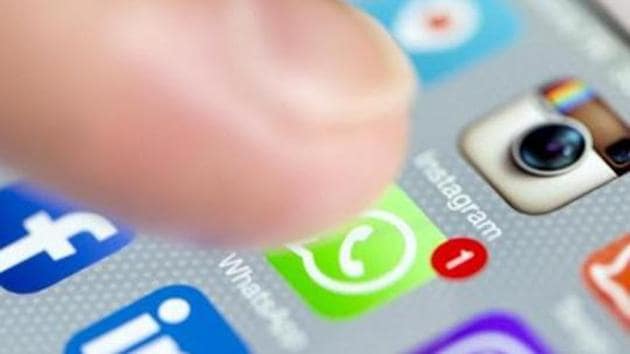Deep fakes: The fake video menace just got bigger
Fake news spreads quickly, in a viral manner, afflicting the body politic, causing epidemics of disinformation as we’ve witnessed in the recent past. But with the arrival of deep fakes, that could very rapidly morph into the realm of fake views
A recent post on the website Hackernoon by Gaurav Oberoi, who describes himself as a “product manager, engineer, and founder for over a decade in Seattle and Silicon Valley”, featured multiple animated gifs of news satirist John Oliver. Except originally, none of these clips actually showed Oliver; rather they were taken from US late night host Jimmy Fallon’s appearances. Oberoi had “swapped” their visages, using code that burst into the digital space in the last three months, and created videos where the difference was difficult to tell.

This was a fairly benign exercise at sussing out the potential of a fresh development. As he explained, what once took skilled video editors and CGI mavens plenty of effort to accomplish was now possible for “anyone with hundreds of sample images, of person A and person B (who) can feed them into an algorithm, and produce high quality face swaps.”
This phenomenon, labelled deep fakes, first surfaced in late December within the discussion depths of the site Reddit. Among the early examples were celebrities pronged into, what else, pornography. There is a YouTube channel that uses this application for rejigging Hollywood, with the tag line “All your heroes like you’ve never seen them before.”
Fake videos are already an issue in a country like India. A recent CNBC article referred to the source of YouTube turning into “peddling false information”, as with many trending videos about actress Sridevi’s recent death. Social media often amplifies the re-imagined image. Swapping the faces of major figures could easily add to the tremors in the multiple fault lines that define society in this time of division. Just picture this fuelling fires lit by propaganda on religious, caste or other identity-based lines. That age-old practice of rumour-mongering will get another digital makeover.
After all, what the purposeful hacker requires is access to a large library of images of leading figures, and time and effort to push a perverted vision. When people rarely read beyond headlines, including some with more spin than a doosra, transitioning to a Whatsapped clip is the coming reality. This could trend into Photoshopping on steroids.
In Mostly Harmless, the fifth book in his Hitchhiker’s Guide to the Galaxy series, author Douglas Adams wrote: “Nothing travels faster than the speed of light with the possible exception of bad news, which obeys its own special laws.” Adams was an early adopter and adherent of technology. Unfortunately for fans like me, he passed away in 2001, but if he had survived into this period of turmoil, he may have had something to say about how quickly fake news spreads. Yes, in a viral manner, afflicting the body politic, causing epidemics of disinformation as we have witnessed in the past couple of years. But with the arrival of deep fakes, that could very rapidly morph into the realm of fake views. Seeing is believing.
Anirudh Bhattacharyya is a Toronto-based commentator on American affairs
The views expressed are personal






